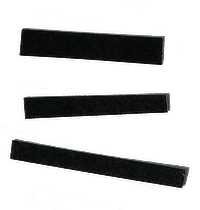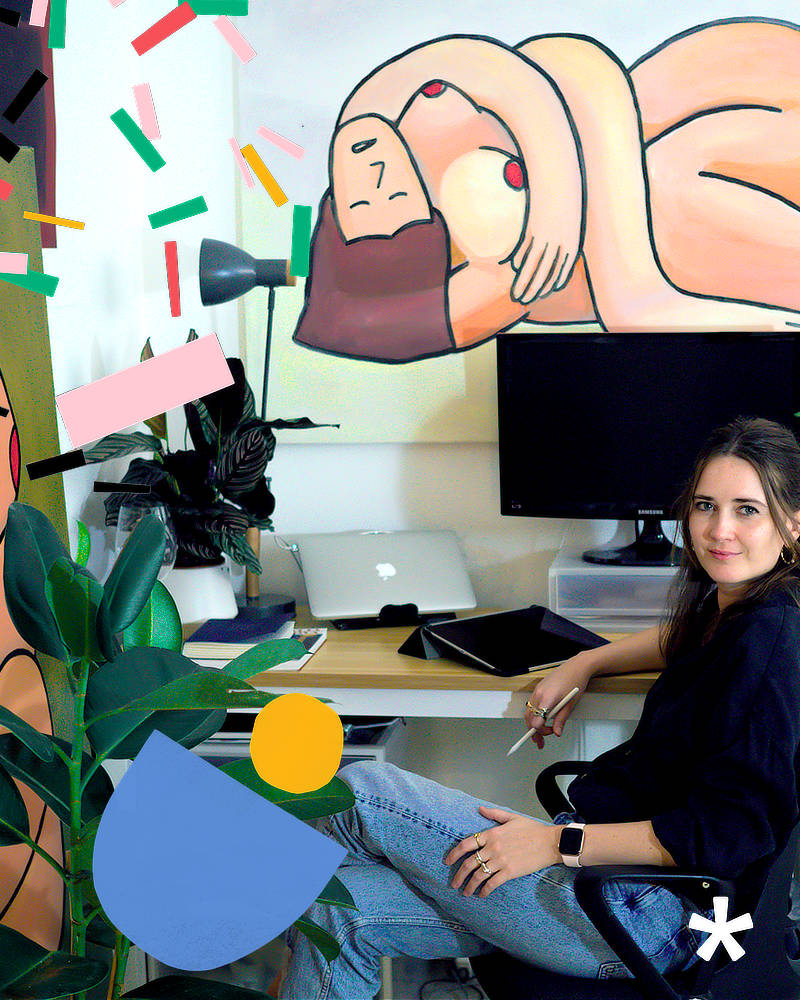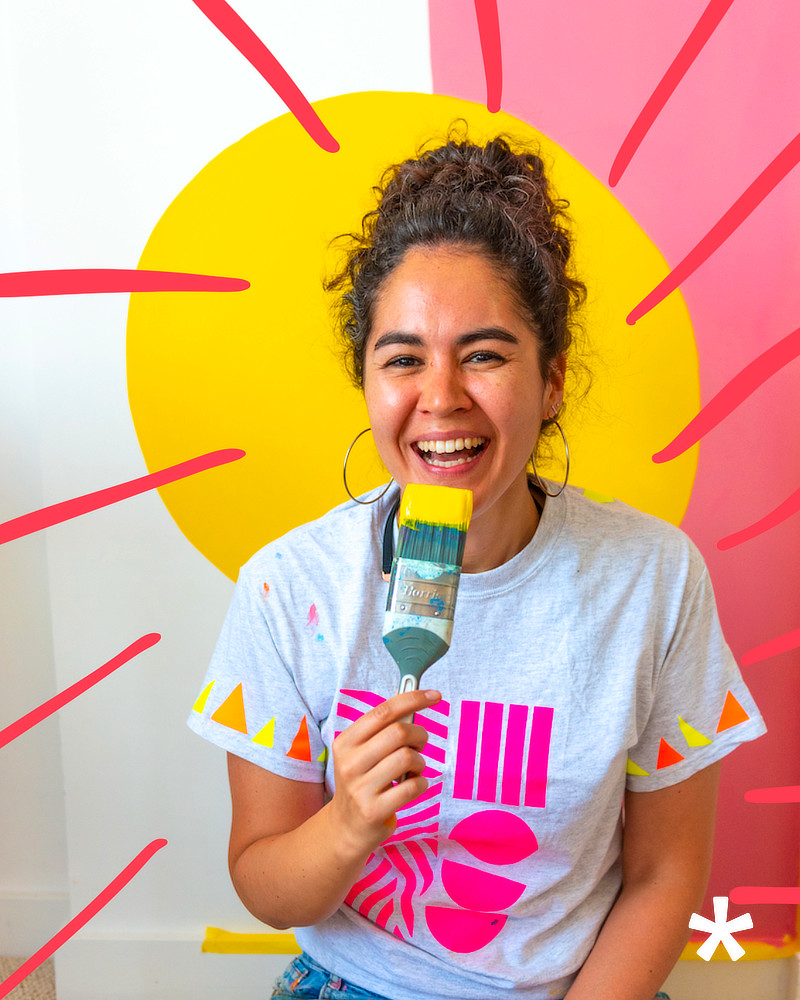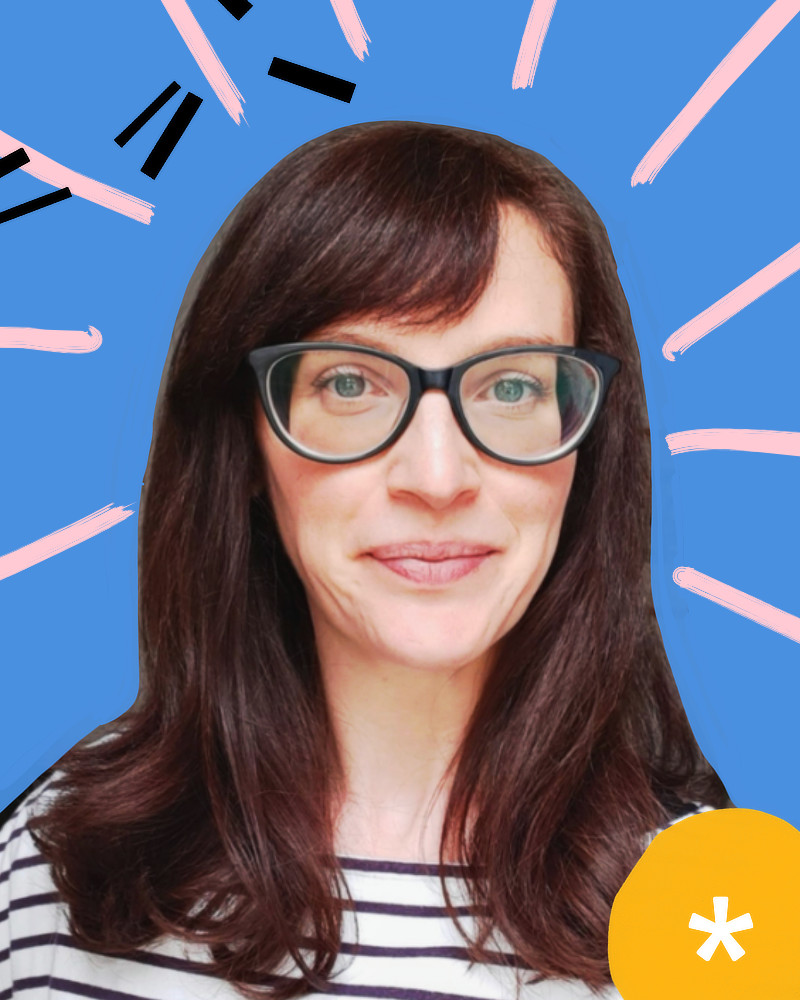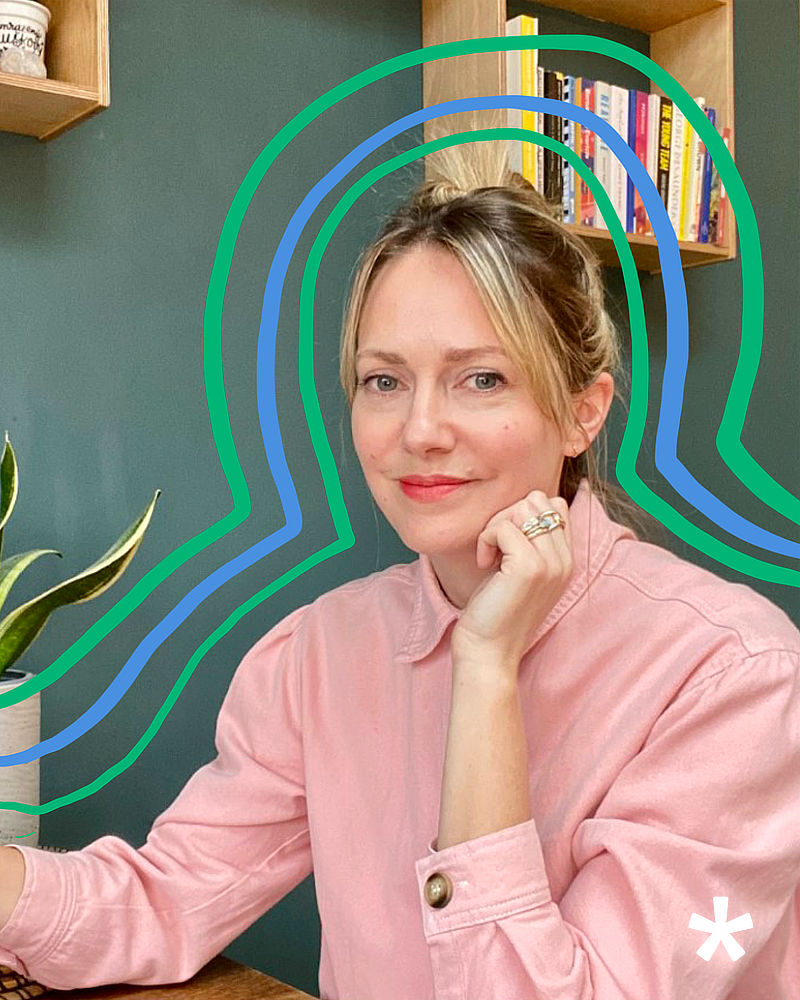Award winning multidisciplinary creative Ana Curbelo is known for her distinctive illustrations of women, normalising women’s bodies and showing them as they are. Discovering her work on Instagram, and immediately drawn to her bold, funny and unapologetic style, I wanted to know more about the woman behind the work. Currently living in her homeland of the Canary Islands due to the pandemic, I caught up with the normally London based artist to discover more about her background, being headhunted by the BBC before becoming a freelancer, and her work for the award winning The Tampon Book going viral.

“The more I learnt about misogyny and the patriarchal environment we live in, the more my art started to reflect my growing anger, and focused more on what’s missing in the way women are portrayed in the media and history.”
How would you describe your aesthetic?
Conceptual and straight to the point, sometimes surreal.
Can you tell me a little bit about your background?
I was born in London but grew up in the Canary Islands. I went to the UK for a foundation course and to Loughborough University, and after graduating I got offered a job in London. I worked in a full time job as a designer, then art director/creative, for nearly four years before jumping into freelancing for the last three.

How has living in the Canary Islands and London influenced your work?
Growing up on an island, I guess as in any small town, you always bump into someone you know, and as a teenager this made me really self aware. I would never want to go to the beach with my friends as I was really self conscious about my body. Perhaps that’s a reason among others why my characters are typically naked and uninhibited about their bodies. Aesthetically the island has influenced my latest work. I came back to the Canaries for the winter lockdown. Having spent the first lockdown in my small flat in London, coming here made me see the island with more appreciative eyes and has inspired my colours and subjects.
“The great thing about being a multidisciplinary creative is that you can adapt to circumstances.”
As a multidisciplinary creative, working in art, illustration, photography and art direction, did you ever feel the pressure to specialise in one thing?
Yes, at the start of my career I thought I had to focus on one discipline to become an expert in it, but I’ve been incapable of doing that, I’ve always wanted to experiment. Over the years I’ve accepted this and it’s turned out to be beneficial. My interest in photography influences my compositions, my knowledge of advertising influences how I think and frame my ideas, my painting influences how I see colour. I like producing things myself and learning how to do them and I think this has helped me become an all rounded creative, well, I hope so anyway. The great thing about being a multidisciplinary creative is that you can adapt to circumstances. During the pandemic I was really lucky to be able to rely on a range of skills to overcome the situation. At the moment I try to sell myself predominantly as an illustrator as it’s what I enjoy doing the most, but it wouldn’t surprise me if in a few years time you’ll find me doing something else.
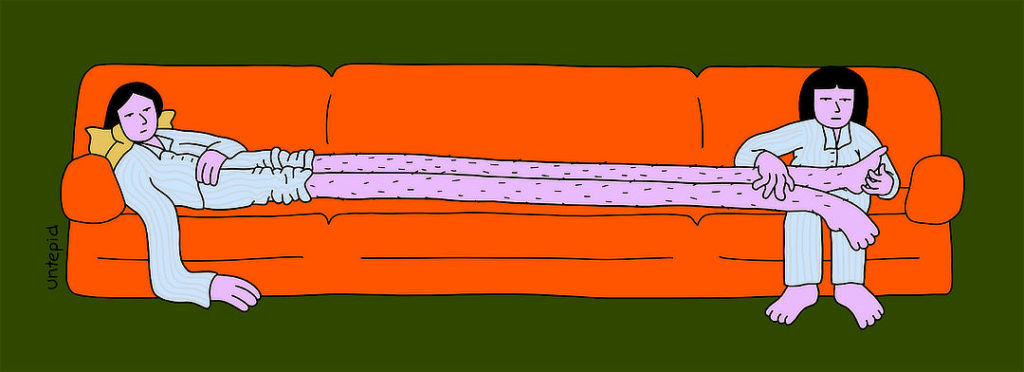
You were headhunted by the BBC early in your career. When did you decide to work as a freelancer, and what advice would you give to someone about the commissioning process?
I decided I was going to be a freelancer when I was quite young. My dad once told me he’d never had a boss and I remember I had found that mind-blowing. Both my parents run their own businesses and have always been self employed which must’ve had an influence. I’m quite individually driven and I’m happy working on my own, I always knew freelancing was how I would work best.
The BBC happened quite by chance, but I’m really grateful it happened. I highly recommend anyone who’s starting out to work full time first if they can. The experience is invaluable in getting a taste of how businesses function. Among other things, learning what different departments do and their priorities helped me understand feedback reasonings which was great training to not take feedback personally.
I stayed at the BBC for nearly four years. Whilst there, I made the most of learning as much as I could, met people from different departments and networked. I saved up enough money as a buffer to fail for a couple of months once I left, which strengthened my confidence and my resolve to leave. When the timing felt right I made the jump.
“I don’t force things unless I have a deadline. My best ideas usually come after a period of doing nothing.”
I was really drawn to your illustrations of women, who are unapologetic, strong, and unashamed to have hair and their period. For me, this is a much more accurate portrayal of being a woman. Have you always portrayed women in this way?
Before I started illustrating, I believe my photography did. I’ve always had a photojournalistic style, meaning I like an unposed, honest and a natural portrayal of my subjects. The more I learnt about misogyny and the patriarchal environment we live in, the more my art started to reflect my growing anger, and focused more on what’s missing in the way women are portrayed in the media and history. I want to normalise myself and other women, and be the antidote to the male-pleasing and delicate role we have been traditionally ascribed.
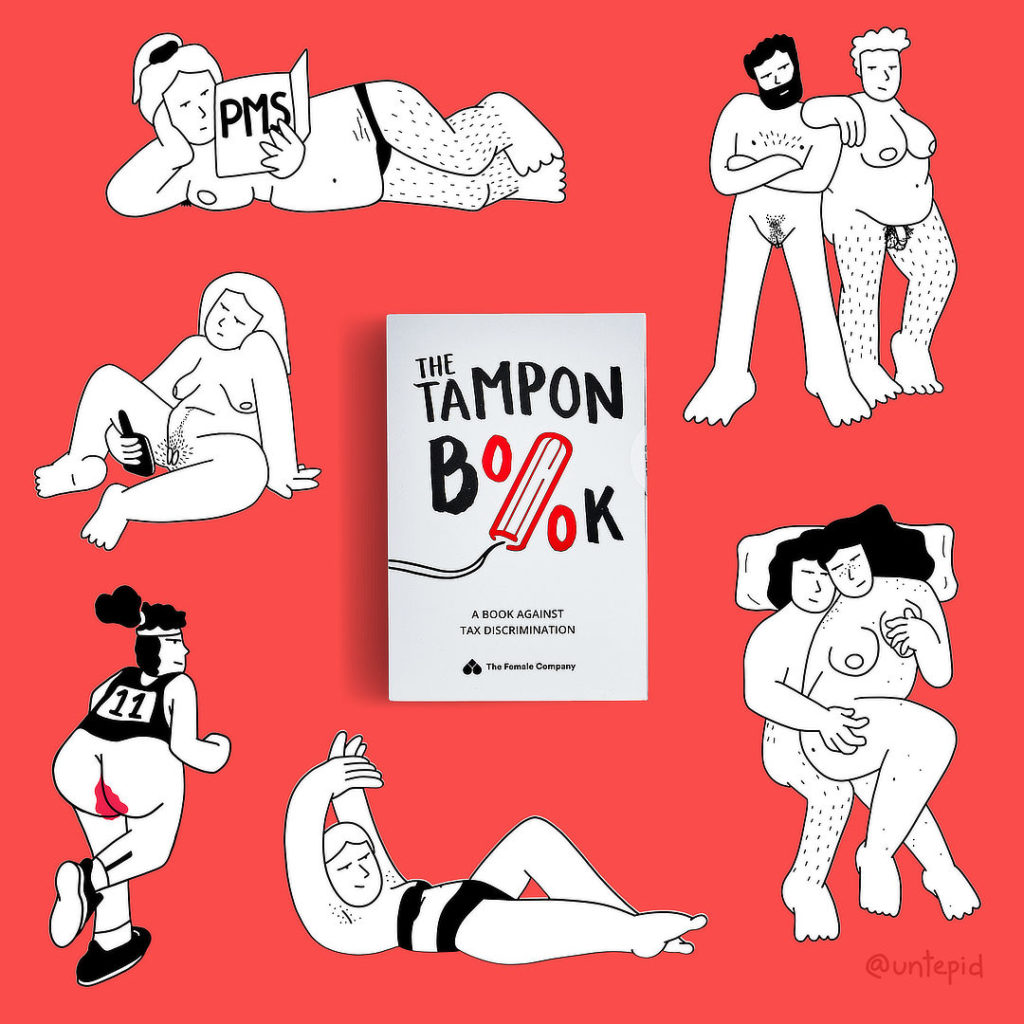
Your award winning illustrations for The Tampon Book address the sexism attached to how periods are discussed, or not, in society, as well as the ‘luxury tax’ applied to sanitary products in Germany. The campaign went viral internationally, highlighting this unfair tax charged by many governments, and went on to change the law. Can you tell me about the process, and at what stage you were commissioned?
I was contacted by Max Marohn the CD/Art Director at Scholz & Friends, who had seen my work on instagram and liked my bold, unapologetic style. He thought I was a good fit for the campaign. After reading the pitch I knew the idea was strong and I definitely wanted to be involved as it would not only allow me to portray women precisely how I like to depict them, but it was also a cause I strongly believed in and wanted to take part in.
By the time their idea got signed off internally, I only had two weeks left before the deadline to illustrate 20 different characters. Max had a rough idea of what he wanted for some pages, and less so for others and was happy for me to bring along some concepts of my own. He provided me with the mock-up text spreads for me to base my illustrations on. It was a good collaboration of ideas which I enjoyed. I pushed for blunt poses, similar to how you would sit comfortably relaxed in the privacy of your own bedroom. I didn’t want to hide any part of the body, including genitals, which are often censored. The target audience was primarily young impressionable girls, and both me and Max wanted to help burst taboos and normalise different bodies.
When the book first came out it did really well in Germany. The book supported a petition by Nanna-Josephine Roloff & Yasemin Kotra which got all the signatures it needed to be debated in the German parliament. I sent the press package to my contacts at The Guardian, BBC and other news sites in the hope they would write about it and raise awareness in the UK too. The campaign went internationally viral when it won a Cannes Lions Grand Prix award, and suddenly our work was everywhere. German legislation was changed thanks to the efforts of said activists who had been campaigning on the subject for years. The book stunt helped amplify their message, sparking conversation worldwide and added pressure. The UK recently abolished tax on sanitary products thanks to key activist Laura Coryton, and I like to think our work also helped advance a small step towards this achievement.

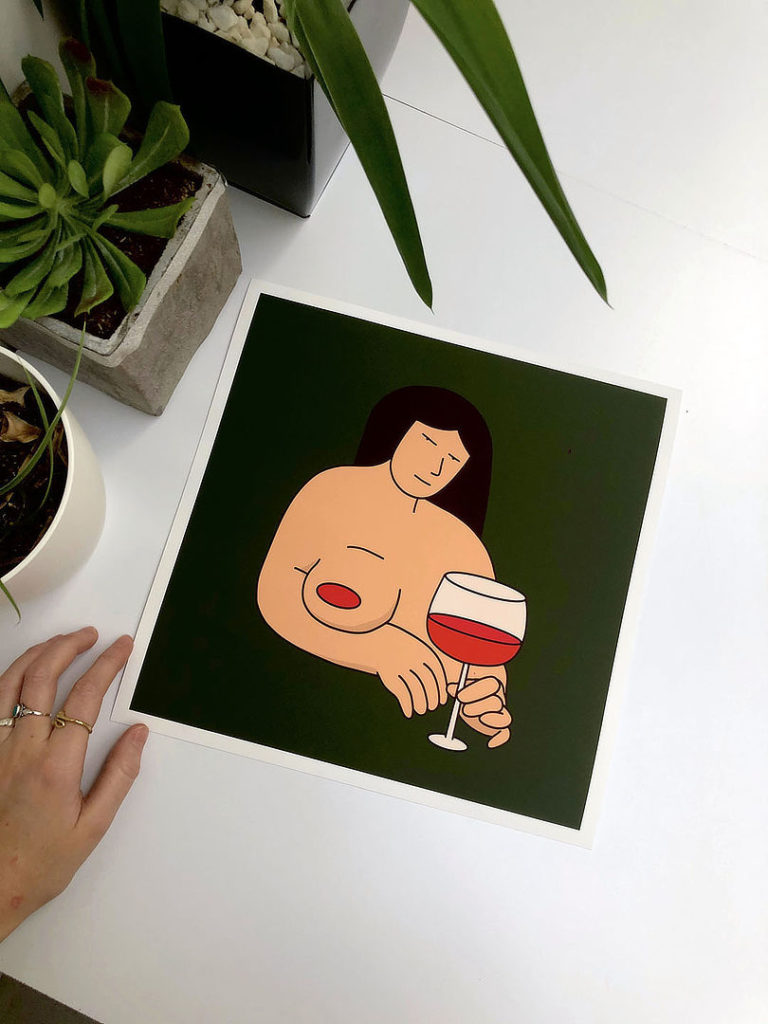
What do you like most about working for yourself?
Being able to choose what to work on and when. Also being able to expense all my work materials, which I couldn’t do while working full-time. Haha!
Who or what inspires you?
Mostly my own experiences and feelings, current affairs and people who make a difference.
“Motivation comes and goes all the time and I try to remind myself of that.”
A huge part of starting and growing a business is having the right mindset. What are some of the things you do to stay motivated?
I look back on my old work to remind myself how I’ve improved, which helps generate some energy. Motivation comes and goes all the time and I try to remind myself of that. Whenever I feel motivated I exploit it as much as I can. I write down all the ideas that come to mind and when I lack motivation I use that list as a cheat sheet for ideas on what to do. I don’t force things unless I have a deadline. My best ideas usually come after a period of doing nothing.

“…one piece of advice I like to remember often is to not look at other successful artists when having doubts about your work, aka get off instagram. I follow talented artists that I look up to and I love learning from them, but when going through periods of insecurity, going down the rabbit hole of seeing others work and watching their success makes it worse.”
What’s the best piece of advice you’ve ever been given?
I’m struggling to think of the best advice I’ve ever received, but one piece of advice I like to remember often is to not look at other successful artists when having doubts about your work, aka get off instagram. I follow talented artists that I look up to and I love learning from them, but when going through periods of insecurity, going down the rabbit hole of seeing others work and watching their success makes it worse.
What’s next for you?
I’m currently working on a new series of illustrations influenced by the island. Most of my work are individual pieces, so it’s been nice to work on a series for a change. I’m also working on a small jewellery collection on the side. I’ve been wanting to do this for years and have finally had the space and time to learn, so I’m really excited about that.

